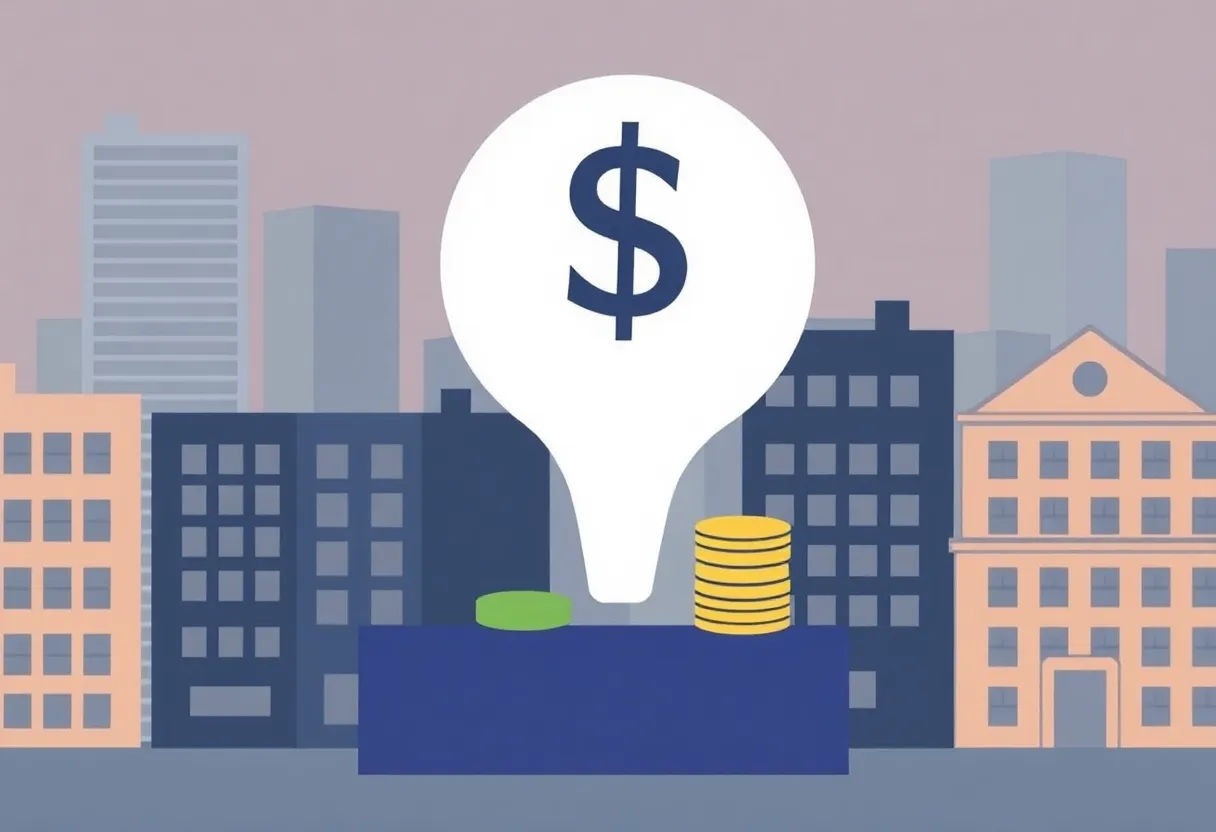News Summary
New York is grappling with a projected $750 million budget shortfall and a looming $3 billion deficit, driven by changes to federal Medicaid funding. The closure of a tax loophole on managed care organizations has had a significant impact on revenue expectations. Budget director Blake Washington emphasized necessary adjustments to fiscal plans affecting Medicaid and SNAP. While tax increases are unlikely, the state aims to balance cuts with taxpayer relief measures like ‘inflation refund’ checks. Ongoing discussions will shape the future of state finances amid these challenges.
New York is facing a substantial financial hurdle, with State Budget Director Blake Washington announcing a projected $750 million budget shortfall for the current fiscal year. This significant gap has arisen from recent changes to federal Medicaid funding, as established by a spending bill signed into law by President Donald Trump.
The state is further bracing for a projected $3 billion deficit in the upcoming fiscal year, exacerbating ongoing budgetary challenges. A crucial factor contributing to these shortfalls is the federal bill’s closure of a tax loophole on managed care organizations. New York had anticipated that this loophole would generate approximately $3.7 billion in revenue over the next two years, but the closure has immediate impacts only in the current fiscal period.
Washington has indicated that in response to these funding changes, adjustments will be necessary for the state’s fiscal plan, particularly affecting federally funded programs like Medicaid and the Supplemental Nutrition Assistance Program (SNAP). He also referenced the state’s past budgetary challenges, recalling a substantial $20 billion gap experienced during the Great Recession and financial difficulties faced during the COVID-19 pandemic. This historical context highlights the recurring nature of fiscal issues faced by the state and the pressing need for solutions.
While the budget director expressed uncertainty regarding the feasibility of raising taxes to mitigate these funding gaps, he emphasized that a solely taxation-based solution is unlikely. Governor Kathy Hochul has previously indicated her stance against increasing taxes on wealthy individuals, especially due to pressures from the business community and concerns surrounding New York’s declining population.
Despite the budget cuts, the state will proceed with issuing the “inflation refund” checks, which will cost approximately $2 billion, highlighting the complexity of balancing financial responsibilities with taxpayer relief. A special legislative session is anticipated later this year to explore potential amendments to the state budget in light of the funding adjustments stemming from the federal changes.
The hope within the state fiscal administration is that any necessary changes to state programs will involve refinements rather than severe cutbacks. The landscape is set for ongoing discussions and evaluations as New York navigates through these fiscal challenges, maintaining a focus on minimizing the impact on essential services while trying to address the budget shortfalls effectively.
As the situation develops, stakeholders throughout New York will be watching closely to understand the long-term implications of these federal changes on state programs and finances. The budgetary adjustments will likely have far-reaching effects on various services provided by the state, and the administration’s strategic decisions in the upcoming months will play a critical role in shaping the fiscal future of New York.
Deeper Dive: News & Info About This Topic
- City & State NY: Federal Cuts Leave New York $750 Million Budget Gap
- Wikipedia: New York State Budget
- The New York Times: Hochul’s State Budget Overview
- Google Search: New York State Budget
- Bloomberg: NYC May Face Annual Budget Gaps
- Encyclopedia Britannica: State Budget
- NFIB: NY Capitol Update 2025 Executive Budget Proposal
- Google News: New York State Deficit







